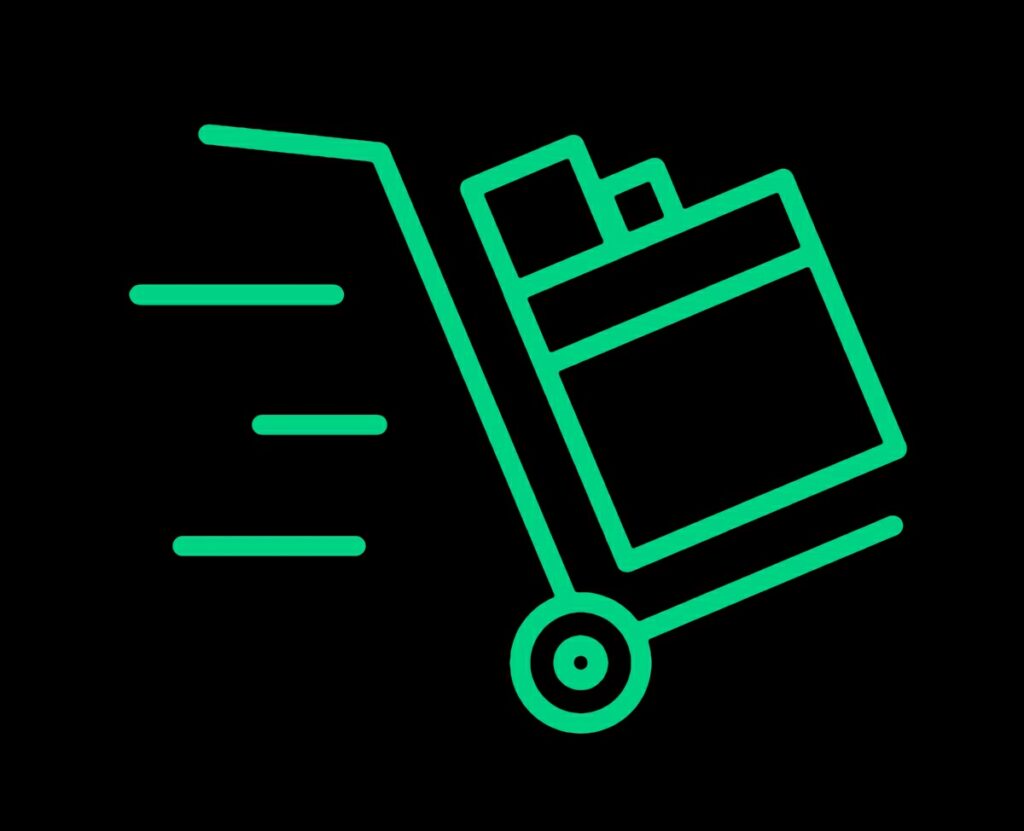You’ve probably heard some version of the phrase you have to know where you’ve been in order to know where you’re going, and one place it certainly rings true for is the topic of mobile app automation testing.
Where did it begin? How did mobile test automation become what it is today? And why should you care?
To truly know something, one must understand its origins and subsequent growth. Without a clear picture of the past, it’s difficult to map the future.
This article takes a look at the past, the present, and the choices we have before us in the mobile app automation testing sphere.
The origins of mobile app testing
Way back in the very early days of hand held devices, for which developers made comparative simple applications. Testing was similarly simple, making ad hoc testing the reasonable order of the day: Manually performing a finite number of tasks under a finite number of conditions was perfectly acceptable.
Notable examples include culturally iconic games like Pong and Tetris. And while we might think of them as quite simple today, they were mystifying at the time. It wasn’t until decades later that mobile phones were no longer a novelty, and something more and more people wanted (or could afford).
Widespread mobile device adoption
Eventually, primarily in the early 2000s, along came WAP (Wireless Application Protocol), a major step forward toward today’s mobile app eco system. By way of a simple WAP browser (and accompanying WAP markup) on their mobile device, users received news, sports, and stock market information.
But something else was afoot. A notable amount of the most popular commercial sites provided wallpaper and ring tones, thus allowing a bit of customization for their device.
Over time, WAP’s drawbacks became increasingly obvious and a variety of proprietary mobile platforms emerged that provided a host of advancements. In 2007, Steve Jobs announced the arrival of the first generation iPhone, a shockingly advanced device that would spearhead a cultural shift around the world. In response, Google released its first generation Android operating system a year later. These two remain the market leaders today.
Modern mobile app testing
It’s arguable that modern mobile app testing really begins with the release of the first iPhone and Android apps. Predictably, as time passed, mobile applications became increasingly slick, sophisticated, and interactive, and apps range from simple and straightforward to as complex and multilayered as any computer program before it.
Mobile app testing, without automation playing a part, had become very difficult to carry out in a thorough manner. Today, so many factors aside from the functionality of the application itself have to be tested, and without the help of automation, the task isn’t just daunting, it’s gargantuan.

The evolution of automated testing
From the primordial mobile applications and manual coded testing soil grew intense growth and innovation. Today three major varieties of mobile testing exist:
Manual-code test automation
The oldest and most laborious and resource-intensive test method is manual-code testing. In this scenario, the QA team is responsible for coding all test cases and running them whenever a new build is ready for testing. QA testers must be technically skilled and know the coding languages and frameworks used. Plugins and libraries can add more layers of challenging complexities.
This type of testing requires a lot of time for planning and infrastructure setup, writing test cases, and executing them. It’s comparatively expensive and there’s always a chance of user errors.
Regardless, coded tests still have their place in testing. The big benefits of this method is a level of flexibility and control that some projects may require.
Low-code test automation
Low-code lies between manual-code testing and no-code testing. In practice, the difference between manual coding and no-code automation can be a bit blurry, with many components of low-code now better classified as no-code.
This method allows citizen testers, usually QA team members like product managers, business analysts, product owners, and so forth— individuals who may not have the specializations necessary to manually code a tests from start to finish — to also participate in testing.
Low-code has the same disadvantages as manual coding in time, cost, and the possibility of human introduced errors. Today, low-code seems to be moving more and more toward a purely no-code approach, and this category is likely to further develop in that direction.
No-code test automation
The newest and fastest growing approach of the three is no-code test automation, where testers require no coding or scripting knowledge to conduct a test. Today, there’s a lot of pressure in most companies to move fast and to achieve as clear an ROI as possible. In order to achieve this goal, the testing cycle must be faster. No-code provides the obvious solution.
The benefits of this approach aren’t restricted to speed. For example, no-code testing removes the chances of human introduced errors. Unlike using test scripts, specialists aren’t required for testing, and these skilled team members can as a result be redirected into other projects. No-code testing makes it possible for anyone to test.
When is automated testing the best choice?
If your team is developing a new app and senses a need to move toward producing automations, then it’s time to start exploring making the switch toward automation: An indicator that no-code is the answer is often when scale becomes a problem. When your QA team can no longer keep up with the demands of the needed testing, you may need to go automated.
If your team is unable to test on the necessary devices and operating systems, you’ve got a problem in dire need of a solution. In today’s quickly growing market, apps must be tested on many different devices and environments, and as early into the testing cycle as possible.
Sooner or later, the shift to no-code is inevitable. It’s a natural occurrence of a principle known as abstraction, the same process that hides the ones and zeros behind the operating system you’re using to read this blog post. And chances are that if you’re considering automation and no-code for mobile app testing, others in your space are doing the same.
Sofy is at the forefront of mobile app testing, and our mobile app testing platform provides cloud-based access to real mobile devices for testing, rather than imitations like emulators. If you’re considering automation and no-code, now is the time to give Sofy a try.
Disclaimer: The views and opinions expressed above are those of the contributor and do not necessarily represent or reflect the official beliefs or positions of Sofy.









